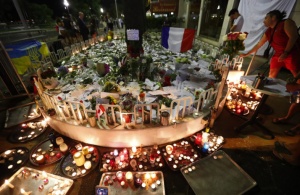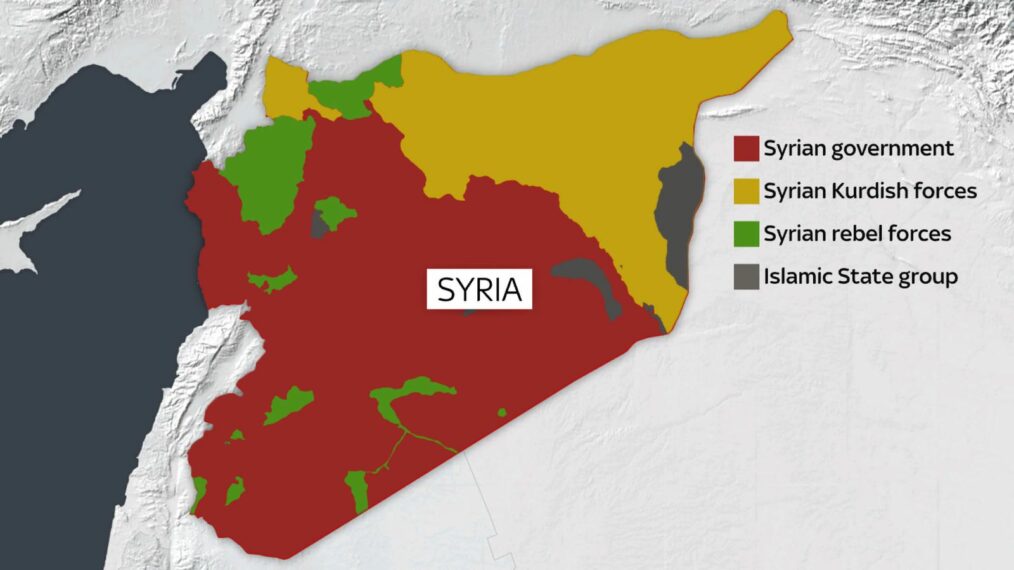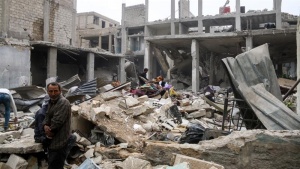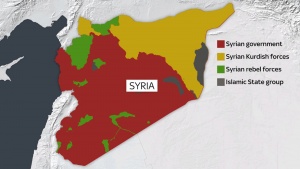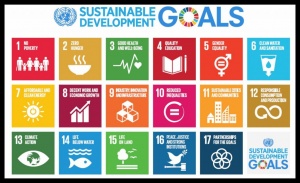It was a day of celebration. Strolling down the waterfront with fireworks overhead. Thousands gathered to mark the holiday. The evening was ideal, but all things come to an end. You heard a commotion and turned. Next, you heard screams. You didn’t know what it was, but you knew that something was horribly wrong. The crowd started moving, immediately it was a stampede – a rush to get away from the horrible thing causing the terror. In your panic to flee, you looked back to see what it was. A truck had jumped the curb and was running people over.
This could’ve been the story of any one of the hundreds who experienced the Bastille Day horror in Nice, France on July 14, 2016. The terrorist Mohamed Lahuaiej Bouhlel, inspired by an ISIL call to arms, drove a 19-ton truck into the French crowd. Bouhlel was able to drive a mile, kill eighty-six people and wound three hundred. Nice certainly wasn’t the world’s first vehicular terrorist attack and it wouldn’t be the last. Attacks in Germany, the United Kingdom, the United States, and several other nations demonstrate the destructive capabilities of terrorists using vehicles for attacks.
Vehicular terrorist attacks are on the rise. ISIL and Al Qaeda have both called for using vehicles as weapons. If a terrorist can’t use a bullet or bomb, they’re encouraged to use any means at their disposal. ISIL and other Islamist groups aren’t even the only ones to use cars and trucks as weapons. In May 2017, Richard Rojas, a U.S. Navy veteran, drove his car through Times Square crowds in New York City evidently seeking suicide by cop. Fewer than three months later, James Alex Fields Jr., a white supremacist from Ohio, used his car to run over dozens of counter-protesters during the Unite the Right Rally in Charlottesville Virginia.
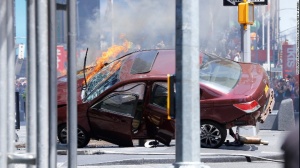
© CNN On May 18, 2017, Richard Rojas drove his vehicle into pedestrians in New York City’s Times Square. Evidence indicates Rojas was moved by personal motivations and drug use, not terrorism.
Vehicles are used because they are easy to acquire. An individual must simply obey driving rules to obtain a license in that state or country. In Europe, guns and other weapons are hard to come by due to heavy regulation. Vehicles, however, have less stringent requirements. In the United States, with its lax gun restrictions, terrorism has occurred with both firearms and vehicles. But, vehicle attacks have frequently occurred in cities that have tighter gun laws.
Vehicles are used because of their potential for maximum destruction. The speed, size, and power of a vehicle can exceed the destructive capabilities of other methods. Often, vehicle attacks only stop when the attacker can drive no further. A vehicle striking a crowded street or event can easily kill dozens and injure hundreds.
Vehicles are used because they are ubiquitous. Cars and trucks are everywhere. We cannot avoid them in our modern lives. The true essence of terror is its caprice. By turning something unremarkable into a weapon of war, the actual terror factor increases. No one knows who, what, or when something will strike.
Vehicular attacks are difficult to counter. Cities and their streets were designed before the advent of vehicular terrorism. Pedestrians walk within meters of traffic. And most open spaces – plazas, waterfronts, cultural attractions – require street access. Finally, fiscal considerations always remain primary in establishing effective prevention and mitigation protocols.
While elimination of the problem is unrealistic, mitigation is not and measures can be taken to improve the status quo. Cities can establish barriers. These include erecting posts, fences, and planting trees alongside streets. Many cities strategically park large trucks outside large, outdoor public events to prevent vehicular attacks. Governments can slow the speed of traffic by lowering limits and erecting speed bumps. Or, alternatively, cities can expand their car-free pedestrian zones to ensure that walkers can safety travel and enjoy areas and events designed for the public.

© Mark Metcalfe/Getty Images – A newly installed barricade in Sydney, Australia to prevent vehicular attacks like those in Nice and London
After the attack in Nice, the world united in condemning the horrors perpetrated in France’s streets. Men, women, and children were indiscriminately targeted. Families were forever changed by the actions of one individual moved by the violent advocacy of his terrorist group. The world has come together too many times to mourn lives lost when trucks and cars have been used as weapons of war. More can be done to make our streets and public spaces safe from violent actors. More must be done to ensure citizens don’t have to fear walking along the sidewalk, partaking in public demonstrations or just living their everday lives.


